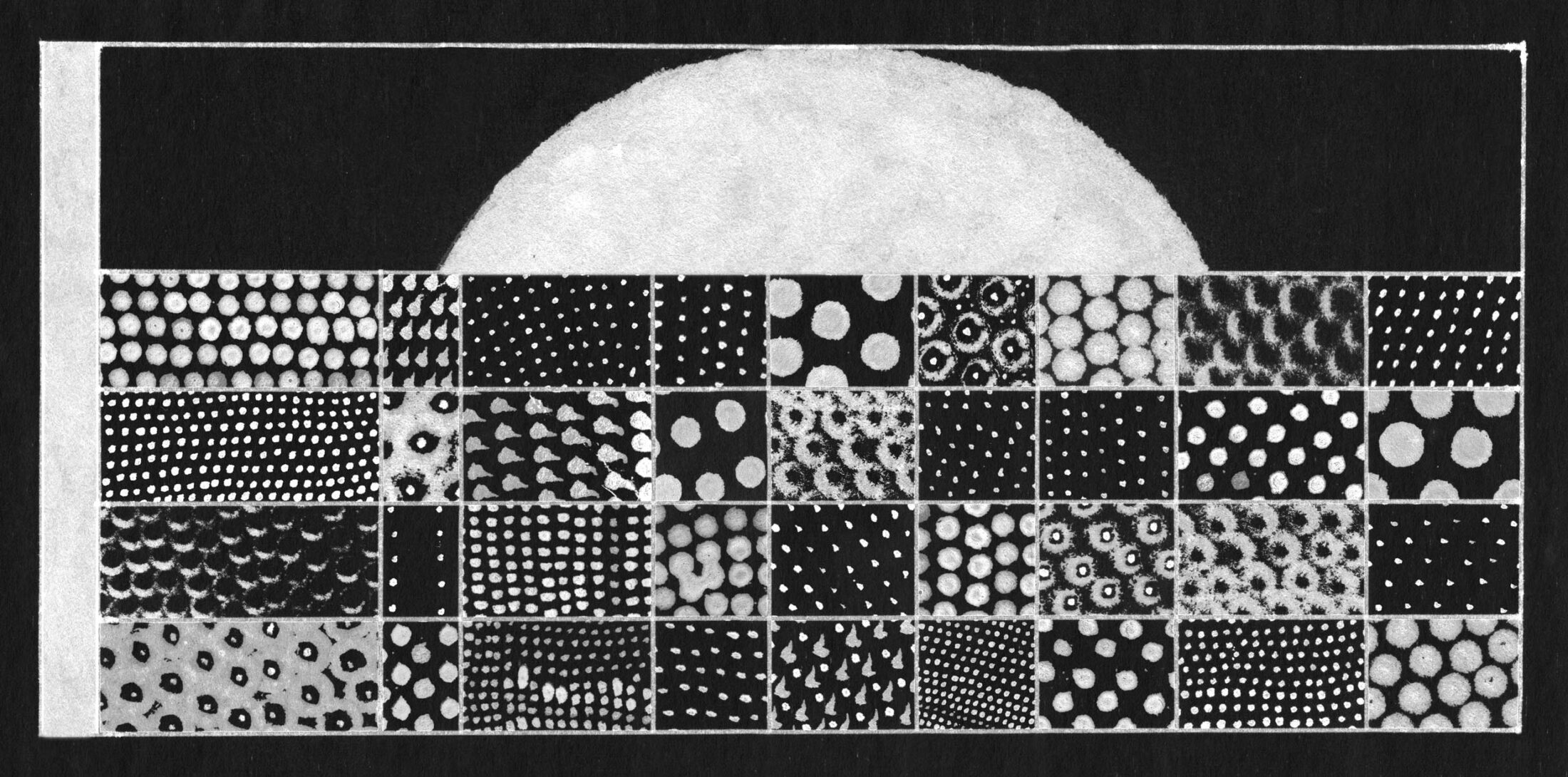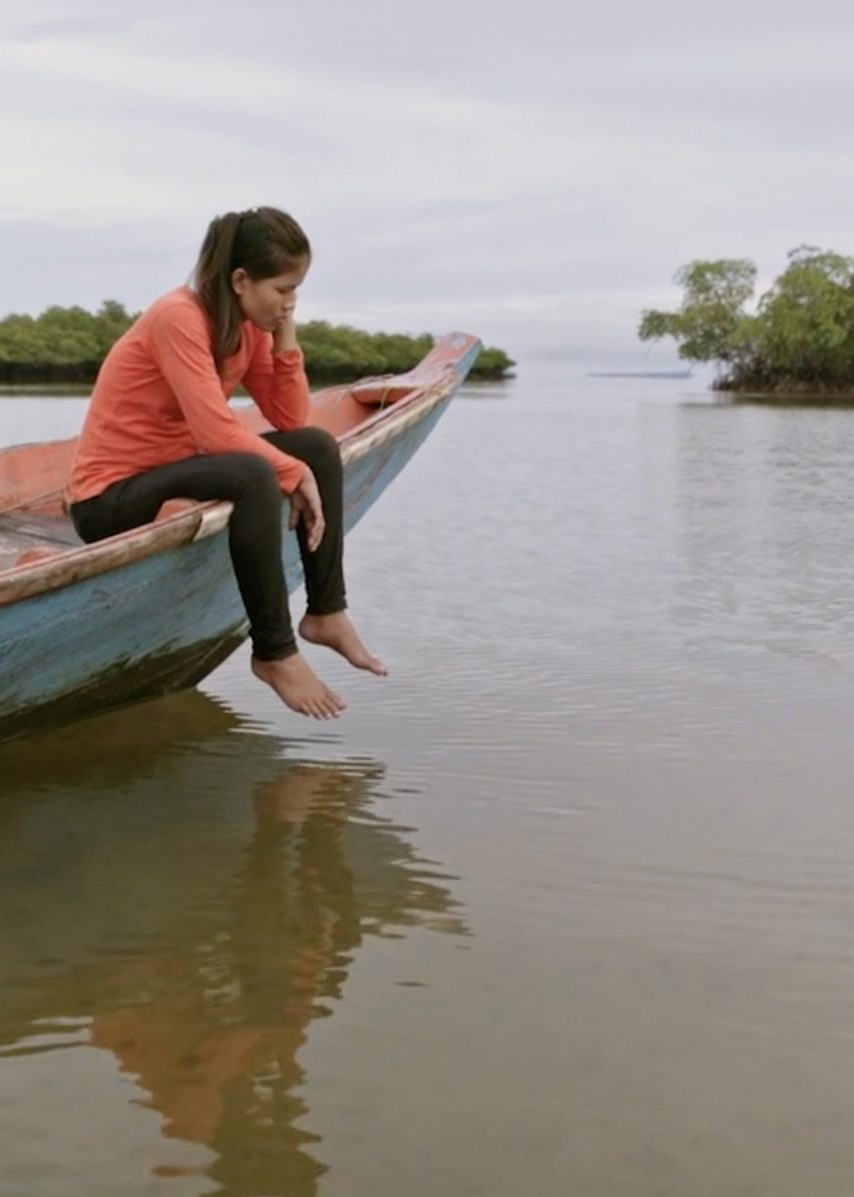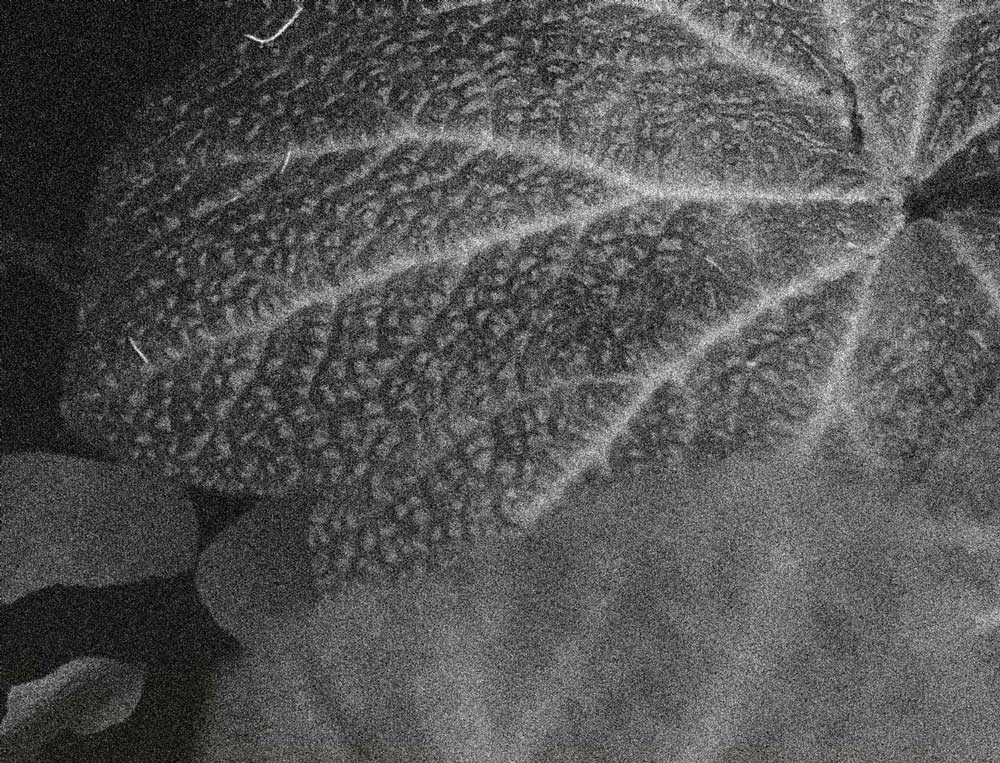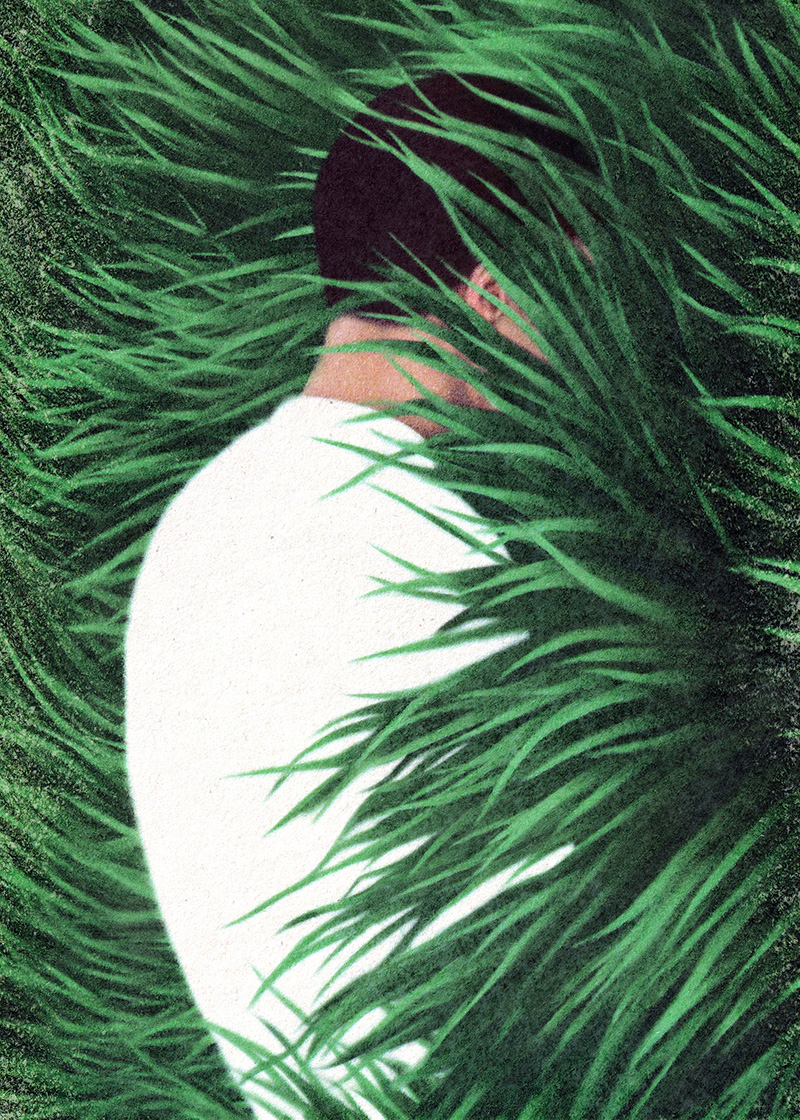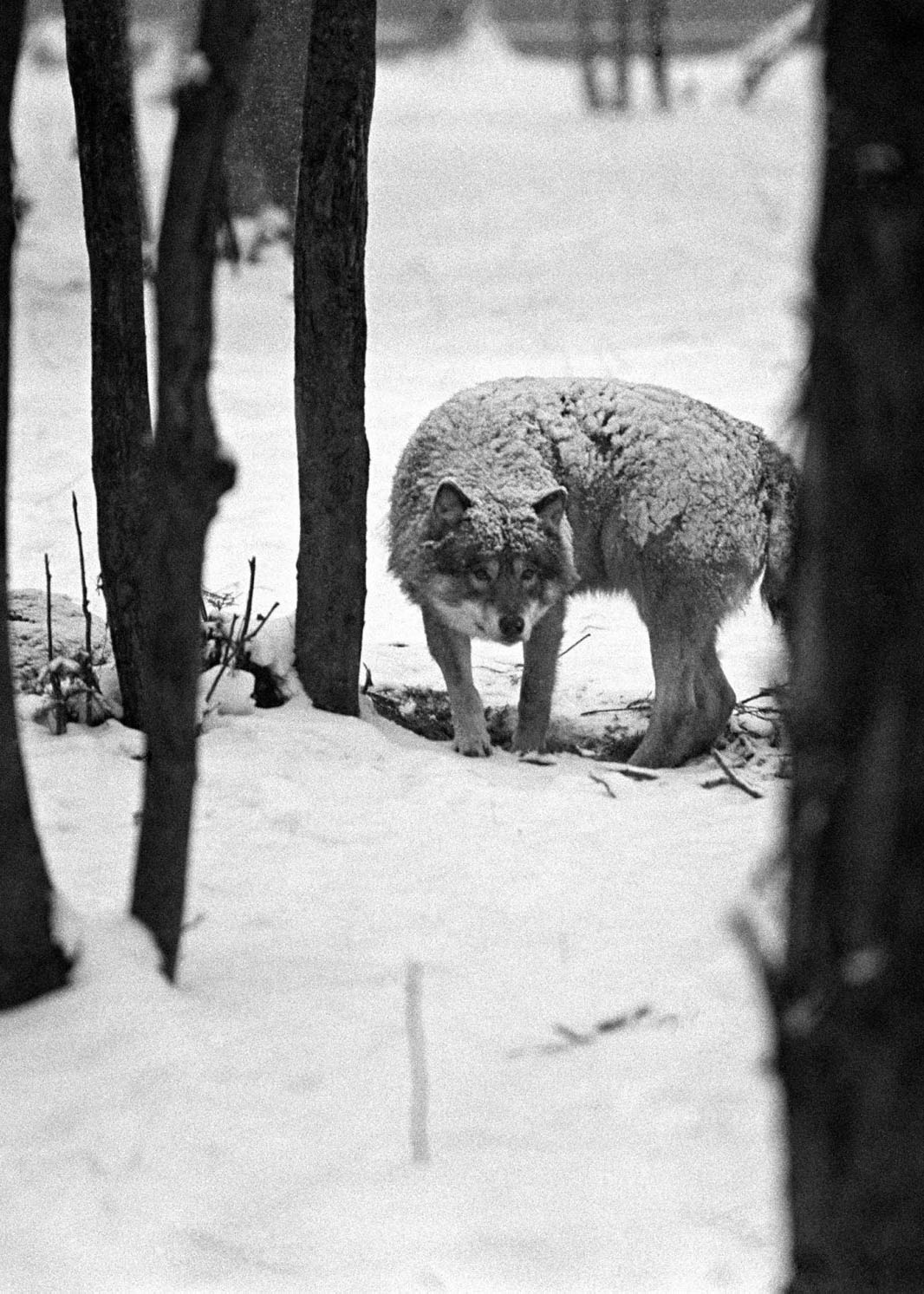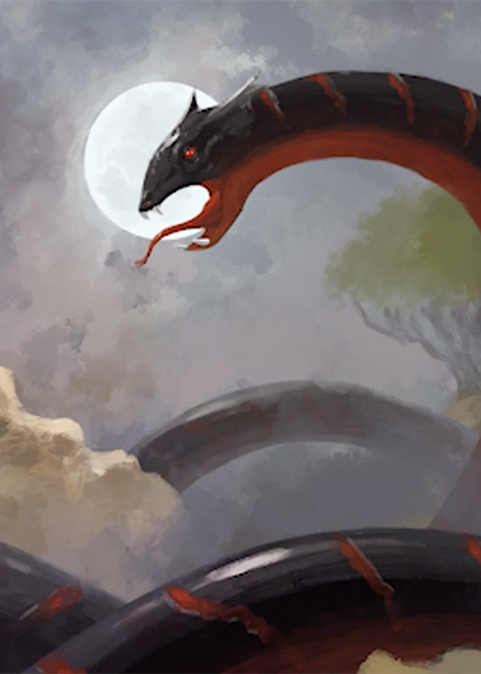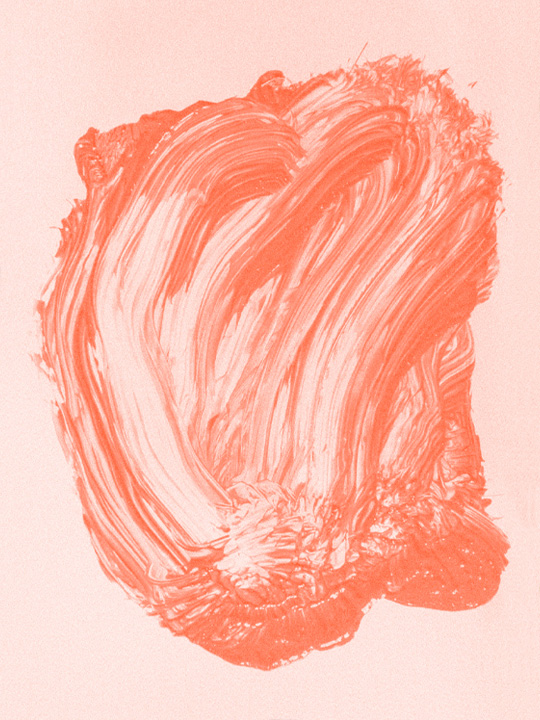
Camille T. Dungy is the author of four collections of poetry: Trophic Cascade, Smith Blue, Suck on the Marrow, and What to Eat, What to Drink, What to Leave for Poison. Her debut collection of personal essays is Guidebook to Relative Strangers. Camille edited Black Nature: Four Centuries of African American Nature Poetry. Her honors include an American Book Award, two Northern California Book Awards, two NAACP Image Award nominations, a California Book Award silver medal, and she was awarded a Guggenheim Fellowship in 2019. She is a professor in the English Department at Colorado State University and the poetry editor at Orion Magazine.
Studio Airport is Bram Broerse and Maurits Wouters. Together with a small team of creatives, they run a design practice based in Utrecht, the Netherlands. The studio has been recognized with national and international awards, including the Agency of the Year Award and Best of Show at the 2024 European Design Awards. Past projects include Hart Island Project (New York), Amsterdam Art Council, and Greenpeace International.
As she prepares to plant Cherokee pole beans—descendants from beans carried on the Trail of Tears—Camille T. Dungy reflects on the legacy and journey, triumph and trauma, of seeds.
bloom how you must i say
—Lucille Clifton
For months now, I’ve been living through the grief of deaths, devastation, and debilitating disease. I am naming none of these things in an abstract, global sense, though they are pervasive conditions of our times. I am talking about the deaths of family, the failure of this country to provide safety to dear friends. I am talking about grief and exhaustion and autoimmune flares that make it difficult, daily, to get out of bed. I’m talking about seeming to run out of prospects. But, this week, we pulled several cubic feet of rock from our yard. Now the soil is ready to receive pole beans a friend gifted me last summer, beans from a line of seed passed on by survivors since the 1838 Trail of Tears. Soon, I will make a space in my garden for something that will look, by autumn, like edible hope.
I’m getting ahead of myself. Working the land, I am always losing track of a linear concept of time. What happens today is fed by what I did yesterday. What I reap in the fall will recollect decisions made by the likes of Dr. John Wyche—the man who began to send out these heirloom Cherokee seeds to whomever showed interest and sent postage—in a decade I was nearly too small to remember and which my daughter calls the olden days.
If we were to start from the start, where would that take us? Black-eyed peas, a staple food in West Africa, made the journey with enslaved people from that continent into the American South. In their book, In the Shadow of Slavery: Africa’s Botanical Legacy in the Atlantic World, scholars Judith Carney and Richard Nicholas Rosomoff tell us that these same people used the stimulating kola nut to manage the fetid water they were given on slavers’ ships. Later, that nut would make a key ingredient for Coca-Cola. When I speak about garden-variety crops in this country, I nearly always point toward simultaneous legacies of trauma and triumph. Watermelon, sorghum, millet, sesame seed, rice: none of these would be what they are in America were it not for the centuries of human trafficking we call the slave trade. The stories I’ve received tell me some ancestor must have kept seed for okra in her hair through the long trial of the Middle Passage and onto, then into, American soil. She must have secured raw peanuts in an unsearched scrap of cloth she kept near her body. Peanuts, like pole beans, like black-eyed peas, are both food and seed. You can eat them for power today or plant them for abundance tomorrow. People who came long before us carried the source of a new kind of flourishing through desolation most of us care not to fully comprehend. If I say my garden’s story starts with the planting of a seed, to which seed I am referring?
When I speak about garden-variety crops in this country, I nearly always point toward simultaneous legacies of trauma and triumph.
I remember the first garden I planted as a married woman. It wasn’t much to speak of, neither the garden nor the house in whose yard it was sown. The garden was a way to help me feel rooted in a place where we were struggling to begin our new life. I planted a few sturdy starts: marigolds and nasturtium. I put in zucchini, mostly for the riot of its bright blossoms. I kept an artichoke for the same reason. The thistle flower delighted me, though it attracted an army of ants that quickly moved the artichoke beyond the possibility of human consumption.
Even if I had managed to harvest anything during our brief season in that house, I shouldn’t have trusted the food that dirt produced. Fumes from the nearby freeway drifted over us all night and all day. Anytime they were touched, flakes of paint flew from the Victorian duplex’s exterior walls. Soil tests in the area have revealed lead levels hundreds of parts per million above what is deemed to be safe, and I hadn’t built raised beds. Still, I wanted to witness a plan come into fruition. I planted seeds, I planted starts, I watered, and I weeded, and I watched. I could say that my efforts were futile, but I won’t. There had been little but dirt in that yard before I started digging. For the few months we lived in that house, we got to walk outside each day and appreciate a kind of flowering.
Not too long ago, I shared a few hours with a Salvadoran poet who walked across the desert into the US when he was nine years old. There is a great deal of hardship in his story. The landscapes he’s walked across have delivered incredible pain. And yet, as we talked about the importance of writers of color celebrating the living world, he found himself recalling his grandmother’s garden. There was joy there, he insisted. He wouldn’t let his charge to document suffering stop him from recalling this pleasure.
There is sustaining power to be generated from claiming even complicated beauty as a peace we are entitled to enjoy.
Once, as I dug in dirt contaminated with legacy pollutants, a local nursery’s discounted flowers in their black plastic pots nearby, a woman from the neighborhood stopped to watch me. Why would I bother to tend such a yard, she wanted to know. I remember feeling angry that she didn’t believe our block, our rented house, deserved such a demonstration of care. I know it might take a lot of work, I told her, but I want to grow something beautiful.
Where there appears to be only dirt, there may be the root system of some kind of insistent thriving.
On the property of Thomas Jefferson’s retreat home, Poplar Forest, archeologists have discovered caches of food that give insight into the diet of the enslaved men and women who lived on that property. The very produce of the earth has provided a lasting record of who on that land had what type of access, autonomy, and power. The list of foods found in the storage pits reveals the epidemic of deprivation endemic to the institution of slavery—but it also reveals the strategies of a people insistent on nourishing themselves.
Archeological studies suggest that the people at Poplar Forest grew corn in their gardens. They probably grew sunflowers, mint, sweet potatoes, and violets. They might have grown the violets and sunflowers as ornamentals, but just as likely, they were using them for food. The violets could be a kind of replacement for okra and greens. Even the ornamental plants around the quarters were provisions the people who tended the land could eat. I like to think that the people appreciated looking at these plants as much as they appreciated knowing they could depend on them for physical sustenance when need arose. Archeologists have found the remains of wheat, oats, rye, sumac, blackberry, purslane, pigweed, poppies, and more. The people raised chickens, whose eggs they could sell, which they also might have done with some of the other produce from their gardens. But Jefferson made sure his son-in-law “put an end to the cultivation of tobacco” by the people he called property, who were growing it in their gardens. “There is no other way of drawing a line between what is theirs and mine,” Jefferson admitted in a letter, than to forbid these men and women from growing for personal use the same crops they cultivated in his fields. Don’t think I don’t have histories like this in mind when I insist on growing what I please in the soil that surrounds me. There is power to be generated from cultivating whatever might sustain me, in whatever way I wish.
I grow sunflowers and sweet potatoes in my own garden. I plant what plants I desire, and I harvest or not as I choose. I grow mint and tolerate the purslane people these days tend to weed. As we learn in Lucille Clifton’s poem “mulberry fields,” sometimes unmastered growth reveals what it is our land most dearly needs. I grow poppies and let the wild violets flourish, for, through their flowering, time will progress.
It’s been nearly a decade since I dug in the particular patch of dirt our neighbor questioned, but I still regularly encounter incredulity when I talk about coaxing beauty out of the legacy pollutants that haunt us every day. Not too long ago, a woman asked me how I could fancy myself an environmental writer when I write so much about African American history.
For a breath or two, I was speechless. I’m not sure I understand how it would be possible to talk about history without taking into account the environment out of which our history springs.
Living in the body I live in, I can’t help but see the direct implications, the devastating implications, of the erasure of certain histories. When you dismiss lives from the record, you put those lives in jeopardy. There is a reason that freeways were so frequently run through one part of town (the black part of town) and not others. The reason is because the lives and the property of those who lived in that part of town were not valued as highly as others. The pollution of that indifference persists in the very ground people walk on today. Writing about the environment is a necessary political decision, just as finding a way to beautify the patch of dirt we called home was a necessity in that first house my husband and I shared. It is also why, once the ants announced their interest in the artichoke, I let them enjoy its substance while I settled for appreciating its splendor. I was not dependent on that artichoke for its nutritional value, and if my point is to see to it that things around me thrive, sharing with ants could be part of this goal. I refuse to take part in the segregation of the imagination that assigns greater value to some experiences than it assigns to others. If there is to be a flourishing that I can cultivate, I want its reach to be wide.
In our current yard, near where I’ll grow the Cherokee Trail of Tears pole beans, there is some rhubarb that has greeted me each spring since we moved into this house. Rhubarb is a tricky plant, scorned by many but by others fiercely loved. The nontoxic stems of the plant are fibrous and nutritious, containing useful medicinal characteristics. For our contemporary taste, these stems are bitter. We typically add quite a bit of sugar to help the medicine go down, converting what might be considered a vegetable into something we use in simple syrups, cakes, and pies. Who were the people who put in this rhubarb? There is nothing else like it in the yard. The people who lived here before us poured river rock over most of the other patches that might have made a garden. But the rhubarb, in its three-square-foot bed, comes back each year to remind me of something. What? Where there appears to be only dirt, there may be the root system of some kind of insistent thriving.
I never know how much I need to see that rhubarb unfurling until it begins to unfurl. Rhubarb may lack the power to cure what truly ails this world, but, I am thankful, it brings me back to the recognition of wonder and of beauty; and that is not a gift to be dismissed. This year, for the first time, the rhubarb burst into flower. The many-headed bracts look like ten thousand snowflakes held firm on summer branches. I am supposed to lop off the flower heads to encourage the edible stalks to keep growing. They’ll go dormant sooner if I leave these bold bids for pollination, and the plant will be of no practical use to me. But these enormous flowers are so lovely. I find it practical, as a matter of survival, to seek evidence of the wild wonder of the world. In this summer’s full blooming, it’s as if the joy I glean in this garden has erupted over every inch of my life.
